Packages & Tutorials
Engineering Files & Tools
Software
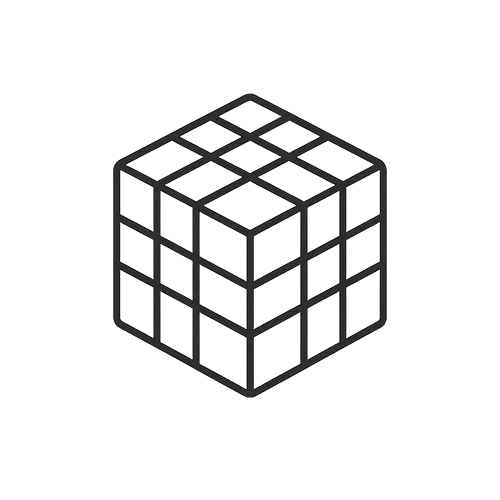
Ready-to-use Models (FEA/CFD)
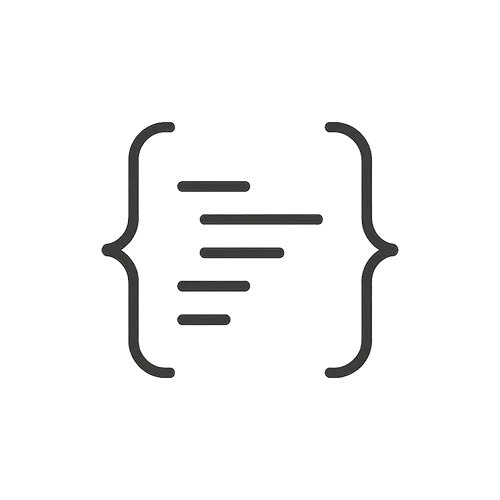
Excel Sheets & Hand Calculations
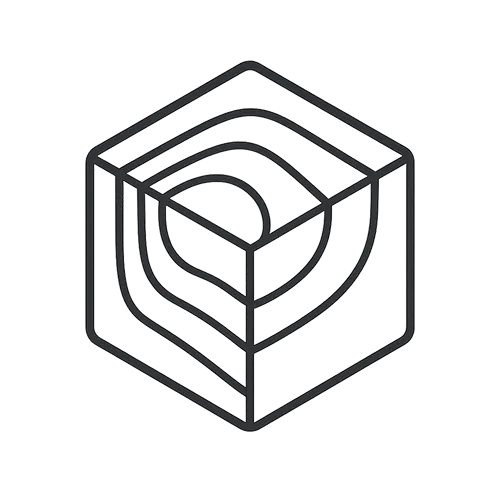



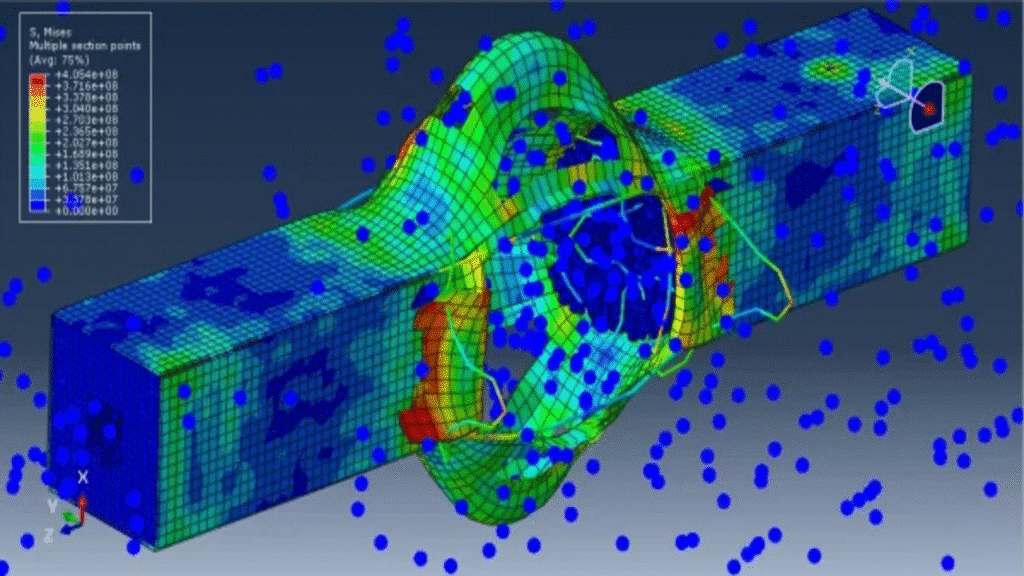
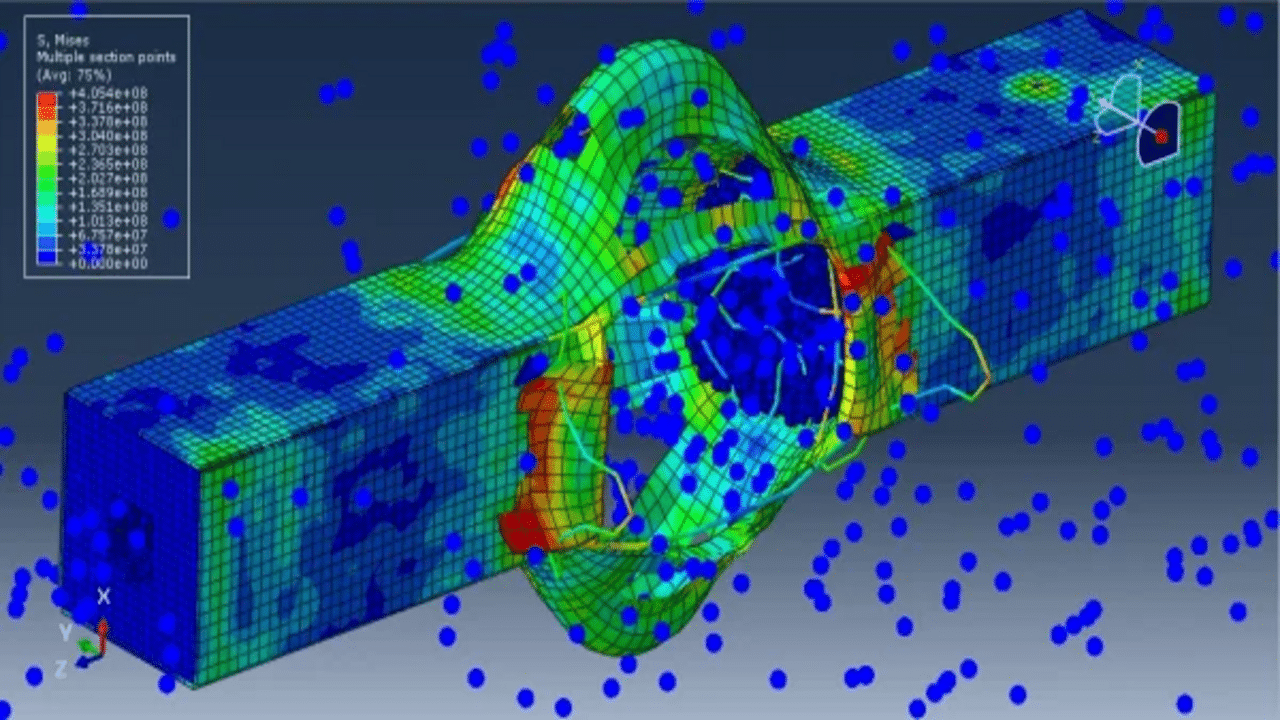
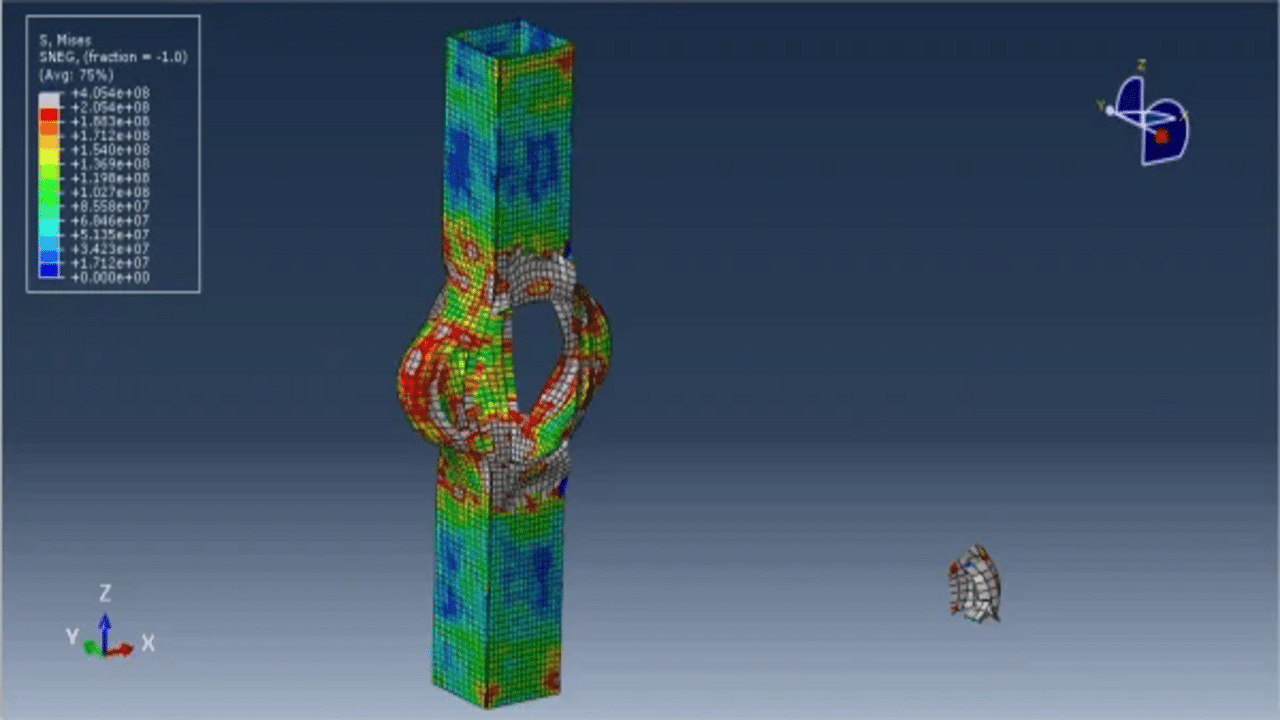
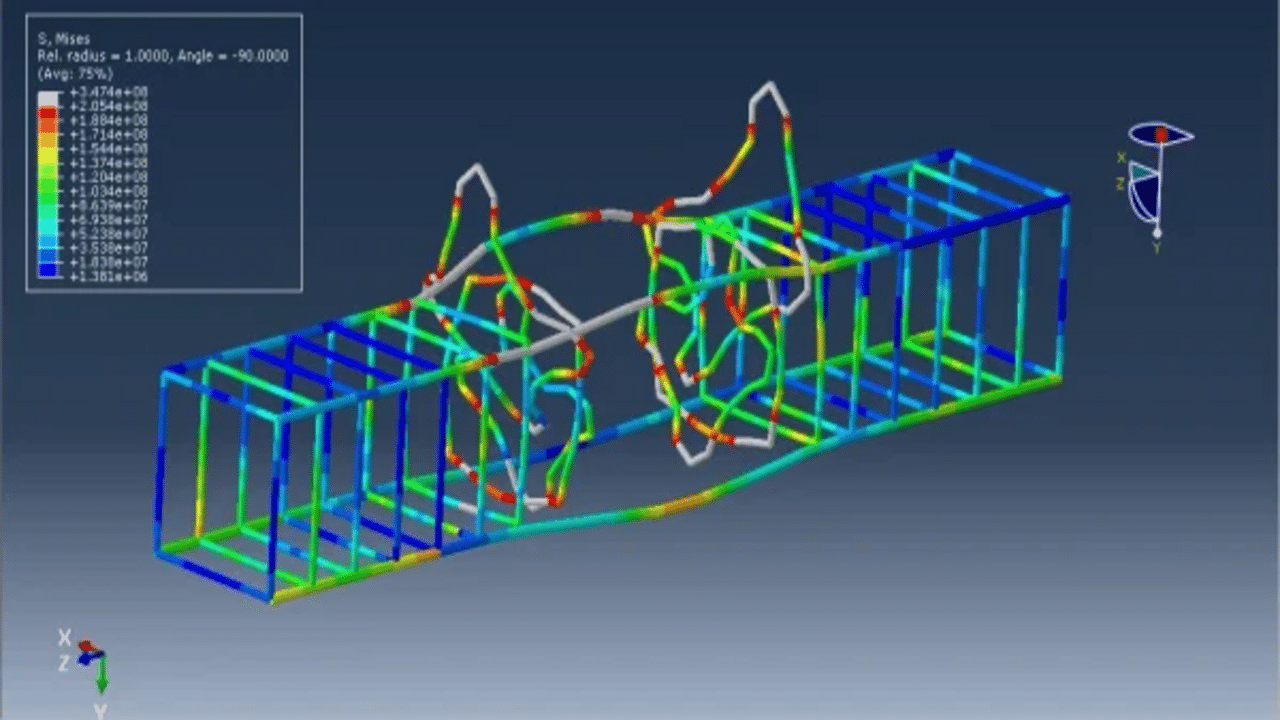
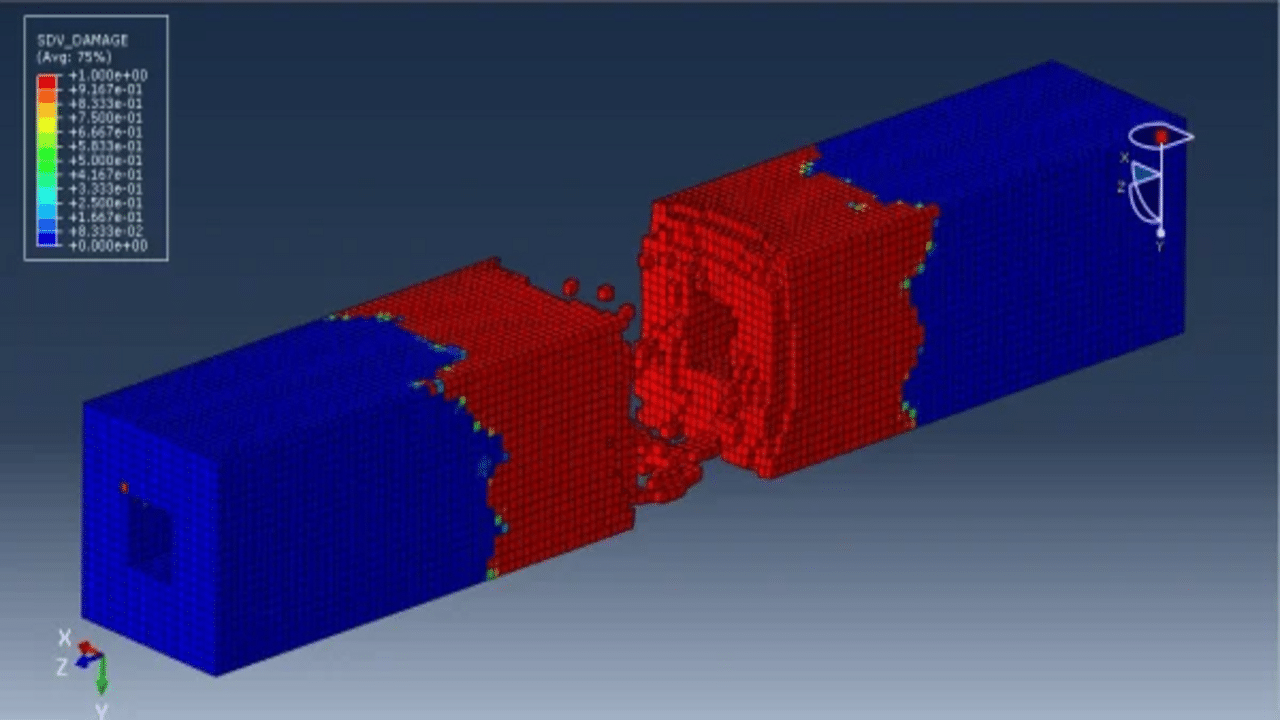
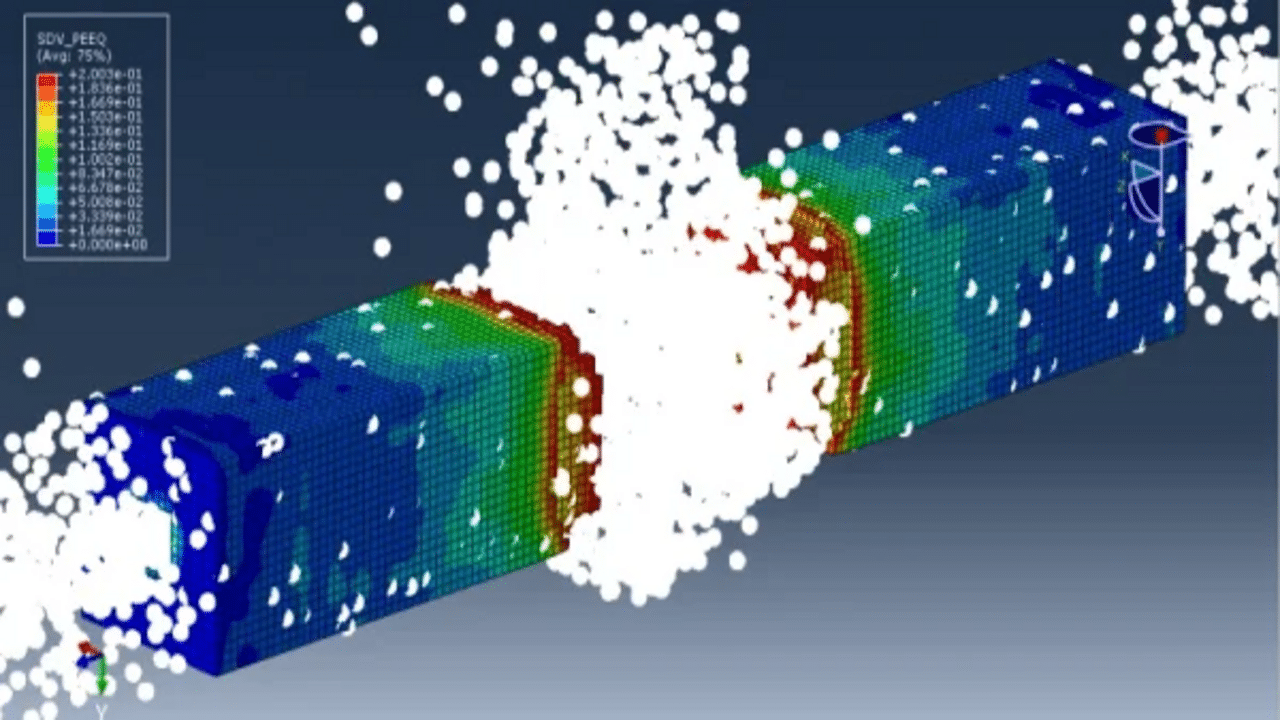
Product Overview:
In this tutorial, we explore the simulation of an SPH explosion occurring inside a reinforced concrete (RC) column encased in an outer steel box cover using Abaqus. The concrete and TNT are modeled as three-dimensional solid parts, while the steel box is represented as a three-dimensional shell. The steel reinforcement bars and strips are modeled as three-dimensional wire parts.
For the steel components (box, bars, and strips), we employ an elastic-plastic material model. To accurately simulate damage and failure during detonation, the Johnson-Cook (JC) damage model with evolution is selected, which is effective for predicting failure under extreme loads such as explosions. The Jones-Wilkins-Lee (JWL) equation of state is utilized to model the behavior of TNT, capturing the pressure generated from chemical energy release. This model functions in a programmed burn format, meaning that the initiation of the explosive reaction is not solely determined by shock waves but rather by a geometric method that considers the detonation wave speed and the distance from the detonation points.
To model concrete behavior under severe pressure and dynamic loading, various material models available in Abaqus are implemented, which can be accessed through subroutine modifications or direct input file adjustments. The simulation utilizes a dynamic explicit step coupled with a general contact algorithm, with perfect contact assumed between the steel box and concrete. Embedded region constraints are applied to the bars and strips, and fixed boundary conditions are established at both ends of the column. A fine mesh is recommended to achieve accurate results.
Following the simulation, various results such as stress, strain, damage, and failure characteristics can be analyzed.


Dynamic
€1,00 €0,00
See more

Want to receive push notifications for all major on-site activities?